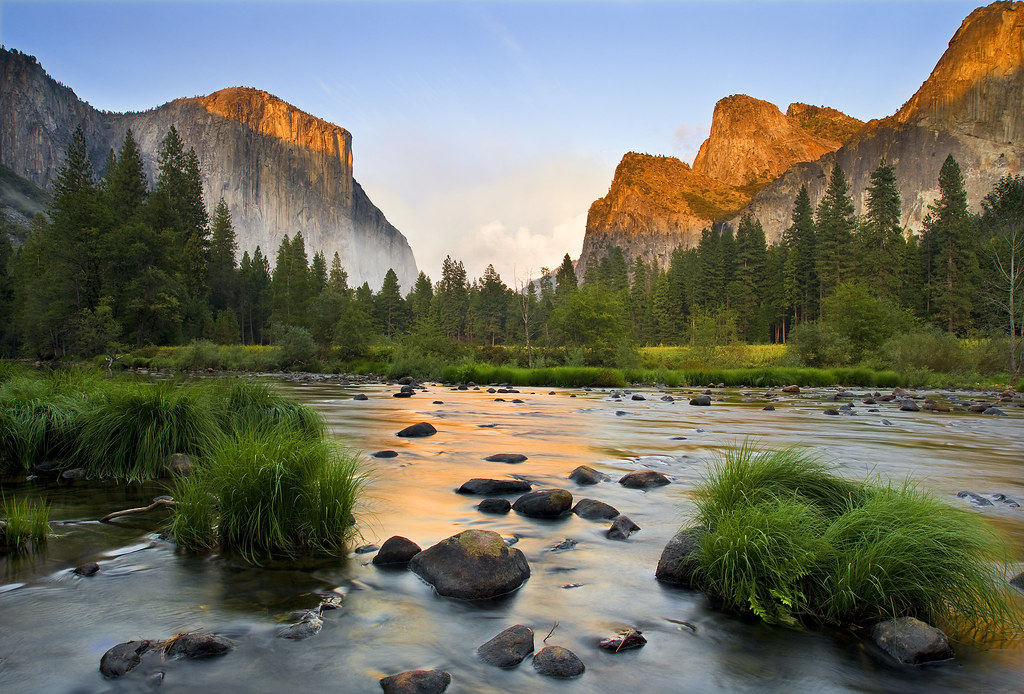
Three free, daily tours provided by the U.S.

More experienced spelunkers should contact the National Speleological Society for caving information before setting out. Novices should stick to established trails and sites. Visitors are advised that caves are both dangerous and fragile. Forest Service in recent years has developed trails, sites and tours highlighting the caves, the “karst” topography that gives rise to them, and their importance to science and history. Recognizing the values of these formations, the U.S. As exploration and mapping are yet incomplete, scientists and others are optimistic that the caves contain yet-undiscovered clues to human and geologic history. Ground-penetrating radar has identified caves still unexplored. They also found the bones of a 12,000-year-old brown bear, and caribou and arctic foxes, species that today exist only hundreds of miles north. Inside they found remains of a species of giant black bears and a horn from an antelope native to Asia. Stirred by the news, spelunkers from outside Alaska arrived, contributing to a growing body of knowledge about them. Starting in the late 1980s, experienced Alaskan cavers (known as spelunkers) started exploring and mapping these vast, underground caverns, including El Capitan, a nearly two-mile cave that is Alaska’s longest.

Loggers working above the surface sometimes dropped trees down inside them, or built roads over sinkholes, blind to the fascinating and fragile world beneath their feet. Though explorers and indigenous people were long aware of them, the Prince of Wales caves were largely overlooked until 30 years ago. They provide fascinating glimpses into the natural history of this wet, wild region, including 9,000-year-old human remains and the bones of animals long extinct or gone from the region. Over time, that process created a network of more than 600 caves on Prince of Wales Island.
#Grandperspective el capitan free#
Forest Service provides free tours to take visitors 500 feet into this two-mile-long cave.įor tens of thousands of years, slightly acidic water passing through soft, porous rock dug holes beneath the surface of Southeast Alaska, dotting it with caves.


 0 kommentar(er)
0 kommentar(er)
